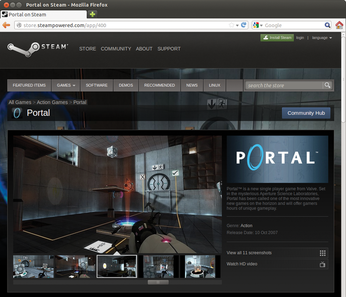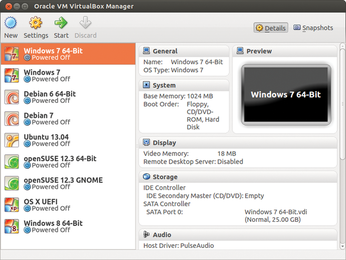Simple DirectMedia Layer 2.0
Newcomer-Friendly

© Lead Image © tomwang, 123RF.com
After several years of development work, version 2.0 of the SDL library was released in August 2013. Despite its many innovations, migrating to and getting started with SDL 2.0 is amazingly easy.
Since 1998, Simple DirectMedia Layer (SDL) has formed the basis for countless games, multimedia applications, and even virtualization. The small cross-platform library makes it easy for applications to access the graphics card, the audio hardware, the keyboard, and other input devices. Because it is available for many different platforms and operating systems, you can easily port any programs that have been developed with it (see the "Supported Operating Systems" box). Without SDL, Linux users would probably still be waiting for conversions of blockbuster games like Portal (Figures 1 and 2).
 Figure 1: Almost all games offered via Steam, including blockbusters like the puzzle game Portal, are based on SDL.
Figure 1: Almost all games offered via Steam, including blockbusters like the puzzle game Portal, are based on SDL.
 Figure 2: Even serious applications, such as the virtualization software Qemu and VirtualBox, use SDL for their screen output.
Figure 2: Even serious applications, such as the virtualization software Qemu and VirtualBox, use SDL for their screen output.
[...]